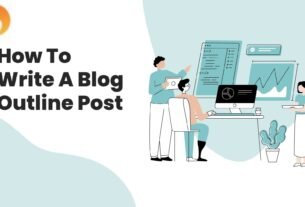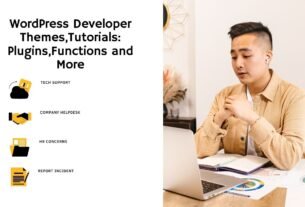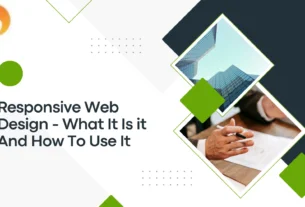What is Responsive Design?
Responsive plan is a realistic UI (GUI) plan approach used to make content that changes easily to different screen sizes. Architects size components in relative units (%) and apply media questions, so their plans can consequently adjust to the program space to guarantee content consistency across gadgets.
Why Responsive Design is so Popular
In the mid 2010s, originators needed to address a notable marvel. More clients/Customer’s were beginning to get to website material on handheld gadgets than on work areas. There were 2 Important arrangements. Fashioners can make a few forms of one plan and make each have fixed measurements (a methodology called versatile plan). On the other hand, they could deal with a solitary, adaptable plan that would stretch or therapist to fit the screen (responsive plan). Associations and originators found the advantages of responsive plan hard to overlook. Instead of work with outright units (e.g., pixels) on independent variants, architects were allowed to zero in on only one plan and let it stream like a fluid to fill all “”holders””. Responsive plan isn’t impeccable. In any case, it has huge favorable circumstances and its allure has developed consistently. So has the quantity of free systems customized to it. Responsive plan has gotten one of a few associations’ (e.g., Google’s) obligatory highlights.
Responsive Design – The Technicalities
Responsive plan has three center standards :
Liquid Grid System – Elements involve a similar level of room anyway enormous or little the screen becomes (i.e., clients seeing plans on various gadgets). This implies you pick where pixels ought to show up and characterize a format size so the components will scale up or down in a fixed manner. It’s simpler in the event that you utilize a CSS (Cascading Style Sheets) network framework and generator for your plan’s base (some are accessible for nothing). You need to ascertain the objective size separated by the specific circumstance, as a rate. This is your plan highlight’s most extreme width separated by the greatest width of the clients’ program. At the point when you apply these rates of highlights to the necessary properties in CSS content, you’ll have a solitary plan that grows or contracts as indicated by clients’ screen size.
Liquid Image Use – Unlike content, pictures aren’t normally liquid. That implies they default to a similar/same size and also setup starting with one gadget’s screen onto the next. A conspicuous danger is that your plan will seem conflicting across gadgets as pictures can neglect to change, and hence appear messed up with regards to different components. In this way, you need to apply a CSS order—: img {max-width: 100%;}—to guarantee a picture recoils for more modest screens. To incorporate numerous pictures, you utilize another CSS order.
Media Queries – These are channels you use to recognize the perusing gadget’s measurements and cause your plan to show up properly. With these, you test to figure out what size of screen a client is seeing your plan on. These will change the site design to meet certain conditions. You additionally incorporate these through CSS, and the most as often as possible utilized ones are min-width, max-width, min-stature and max-tallness. Along these lines, in view of a screen’s width, stature, direction, and so on, you can precisely determine how your plan will be delivered for various clients to see.
You can browse an assortment of apparatuses, for example, Bootstrap, H5P, Gomo and Elucidat. Accordingly, you don’t generally have to have programming mastery.
Best Practice and Considerations for Responsive Design
With responsive plan, you plan for adaptability in each angle – pictures, text and formats. In this way, you ought to:
Take the “”versatile first”” approach:
Scale up telephone measured plans to suit bigger screens.
Continuously recollect that versatile clients need enormous (>40 focuses) catches. Additionally, your plan should be twice as natural as work area reciprocals, since the requirement for very much measured components on more modest screens can create squeezing and turmoil.
Make liquid matrices and pictures:
Make pictures in their local measurement. In the event that you need more space, crop them to amplify sway.
Just utilize Scalar Vector Graphics (SVGs). These are a XML-based document design for 2D illustrations, which upholds intuitiveness and livelinesss.
Incorporate at least three breakpoints (i.e., plan for 3+ gadgets).
Focus on and shroud substance to suit clients’ unique circumstances. Check your visual chain of command and utilize reformist divulgence and route drawers to give clients required things first. Keep superfluous things (pleasant to-haves) optional.
Focus on moderation.
Apply configuration designs – To amplify convenience for clients in their specific circumstances and animate their commonality: e.g., the segment drop design fits substance to many screen types.
Focus on availability with text dimensions/styles. Use difference and foundation viably. Stand out as truly newsworthy at any rate 1.6 occasions greater than body text. Make all content responsive so it shows up in these extents. As certain clients depend on screen peruses, make all your content “”genuine”” rather than text inside pictures.



